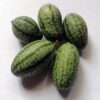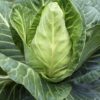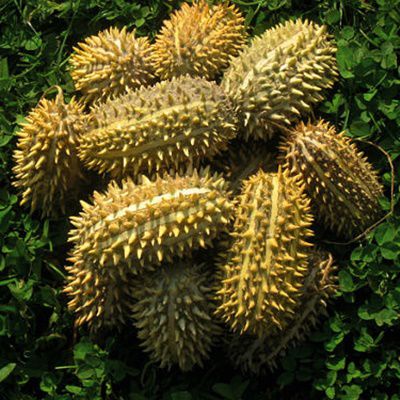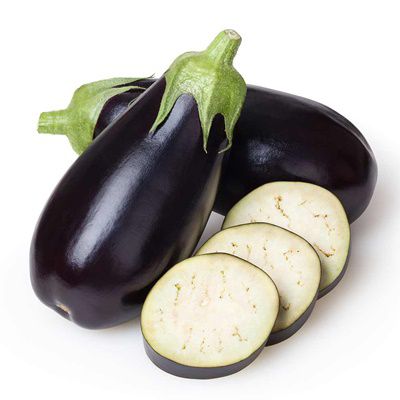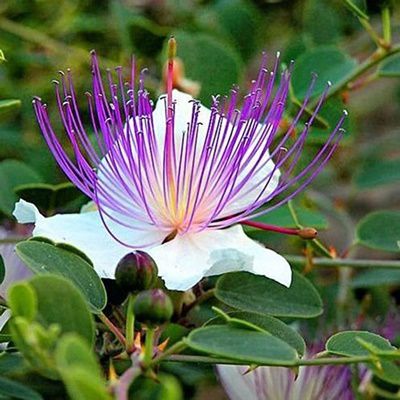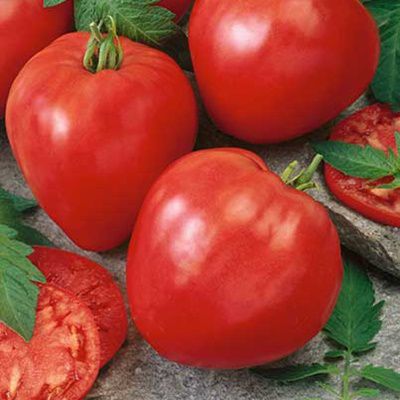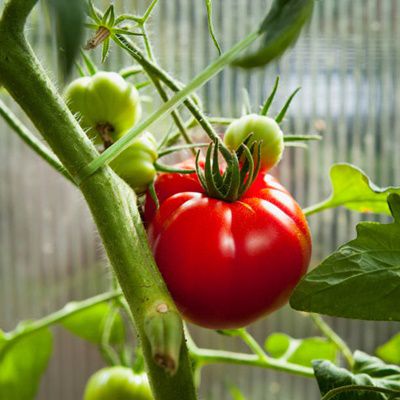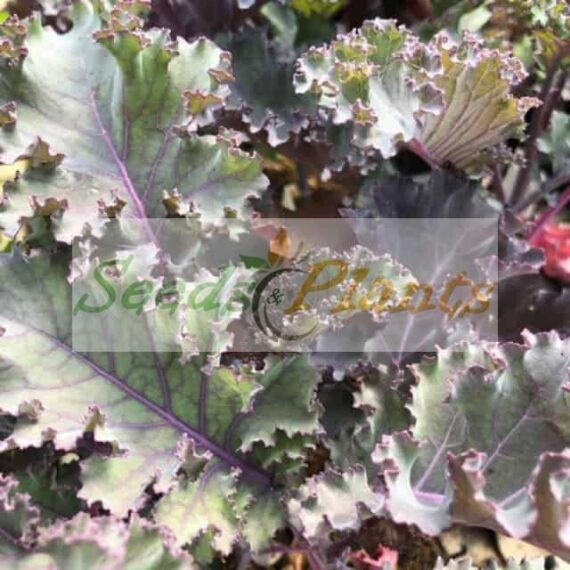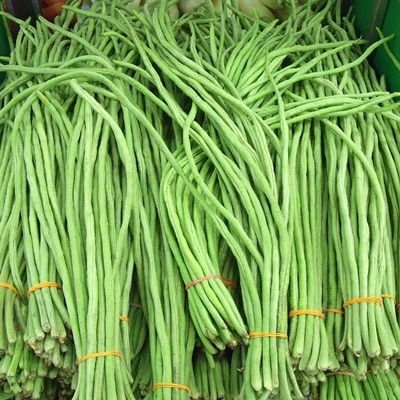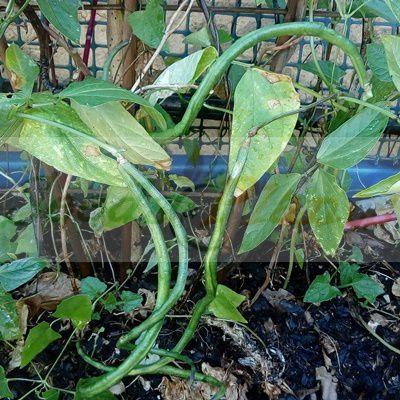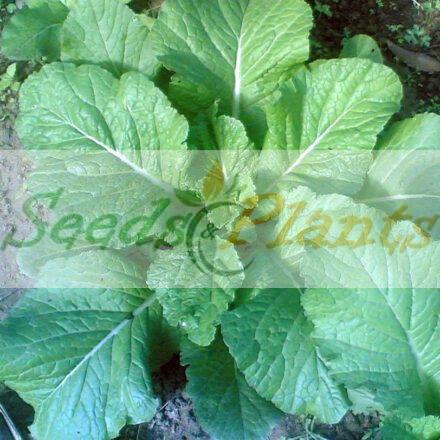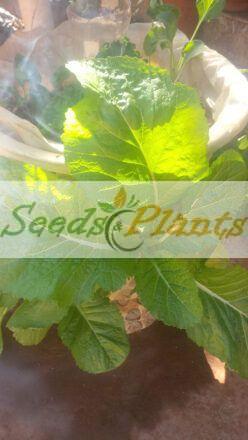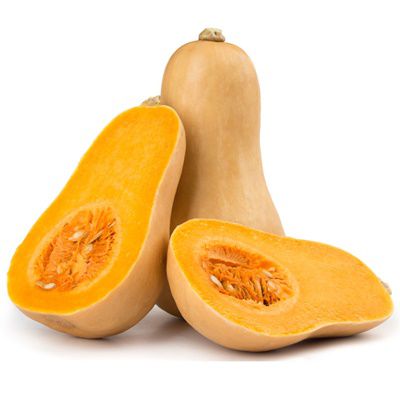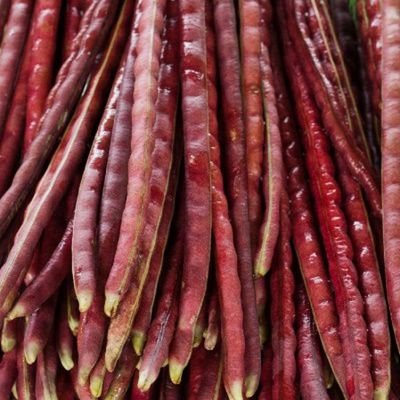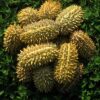🥕 Vegetable Quick Facts
Growth Traits
- 🌱 Life Cycle: Annual
Wild Cucumber – 10 Seeds
(Cucumis africanus)
R30.00
Wild Cucumber fruits look like small, prickly & striped cucumbers. They were pickled & preserved in old Cape kitchens.
Common names: wild cucumber, wild gherkin (Eng.); wilde agurkie, doringkomkommertjie (Afr.); monyaku (Pedi); mthangazana (Xhosa); isende-lenja, uselwa-lwemamba (Zulu).
Indoor Sowing: Spring.
Direct Sowing: .Summer.
Out of Stock
Email me when the product is back in stock.
🥕 Vegetable Quick Facts
Growth Traits
- 🌱 Life Cycle: Annual
Wild Cucumber (Cucumis africanus) fruits look like small, prickly, striped cucumbers and they were pickled and preserved in old Cape kitchens.
The rootstock is thick and woody. The stems are annual, growing up to more than 2 m long, finely ridged, roughly whitish hairy, usually prostrate, but will climb on bushes and other support. Cut twigs exude a clear sap. Flowers are pale to dark yellow with green veins, either male or female, both appearing on the same plant (monoecious). Male flowers in groups of 5-10, petals up to 9 mm long. Female flowers are solitary, with petals up to ± 11 mm long.
The greenish-yellow ripe fruit is 3 – 8cm long and 3cm wide, covered in prickles up to 10mm long. Unripe fruit are striped dark and light green, maturing to greenish yellow or white, striped purplish brown or yellow. When fully ripe the fruit is non-bitter and edible with a translucent green flesh green and many-seeded.
Common names: wild cucumber, wild gherkin (Eng.); wilde agurkie, doringkomkommertjie (Afr.); monyaku (Pedi); mthangazana (Xhosa); isende-lenja, uselwa-lwemamba (Zulu). Cucumis africanus occurs in Angola, Namibia, Botswana and South Africa. It is also found in Madagascar.
Wild Cucumber Uses
- In South African traditional medicine the fruit, leaf or root is used as an emetic, purgative or enema for various ailments.
- The boiled leaf is used as a poultice.
- The plant has also been used as an animal medicine.
- The fresh young leaves are eaten as a pot herb by many rural people. The leaves are rich in calcium, iron, nicotinic acid and vitamin C.
- The leaves are eaten as a cooked vegetable and the non-bitter fruits serve as a source of water and are eaten as a vegetable. In Madagascar only the fruits are eaten.
- The fruits have an overall nutrient composition slightly better than that of the cucumber and is sought after as a water source by the Khoisan of the Kalahari and in other dry areas.
- The non-bitter fruits of C. africanus have been pickled and preserved at the Cape since the late 17th century.
Growing Wild Cucumber
Indoor Sowing: Spring.
Direct Sowing: Summer.
- Wild cucumber seeds can be sown directly into the ground, or can be started in-doors and moved out to the garden once the plant has 3 to 4 leaves and the threat of frost is over.
- Direct sow in sandy soil in Summer – Seeds should be sown in soil that has reached at least 16 C.
- Rain ends the dormancy of the drought resistant seed.
- The plant requires lost of sun and little water.
- The plant should be treated as a climber rather than as a prostrate plant with long runners.
Disclaimer
Medicinal Information:
All medicinal information on this website is for educational and informational purposes only and may not be construed as medical advice. The information is not intended to replace medical advice or treatment offered by healthcare professionals.
Seeds, Plants, Plant Cuttings, Geophytes and Dried Herbs:
In some countries and provinces, certain plants are deemed as invasive and are not allowed to be planted at all, whilst some plants are allowed to be grown only in certain areas or provinces. The onus is on you as the buyer to familiarize yourself with the regulations pertaining to your location, before purchasing any of our seeds, plants, plant cuttings, geophytes or dried herbs. We will not be held liable, should you purchase any seeds, plants, plant cuttings, geophytes or dried herbs. from us which are prohibited in your country or province.

